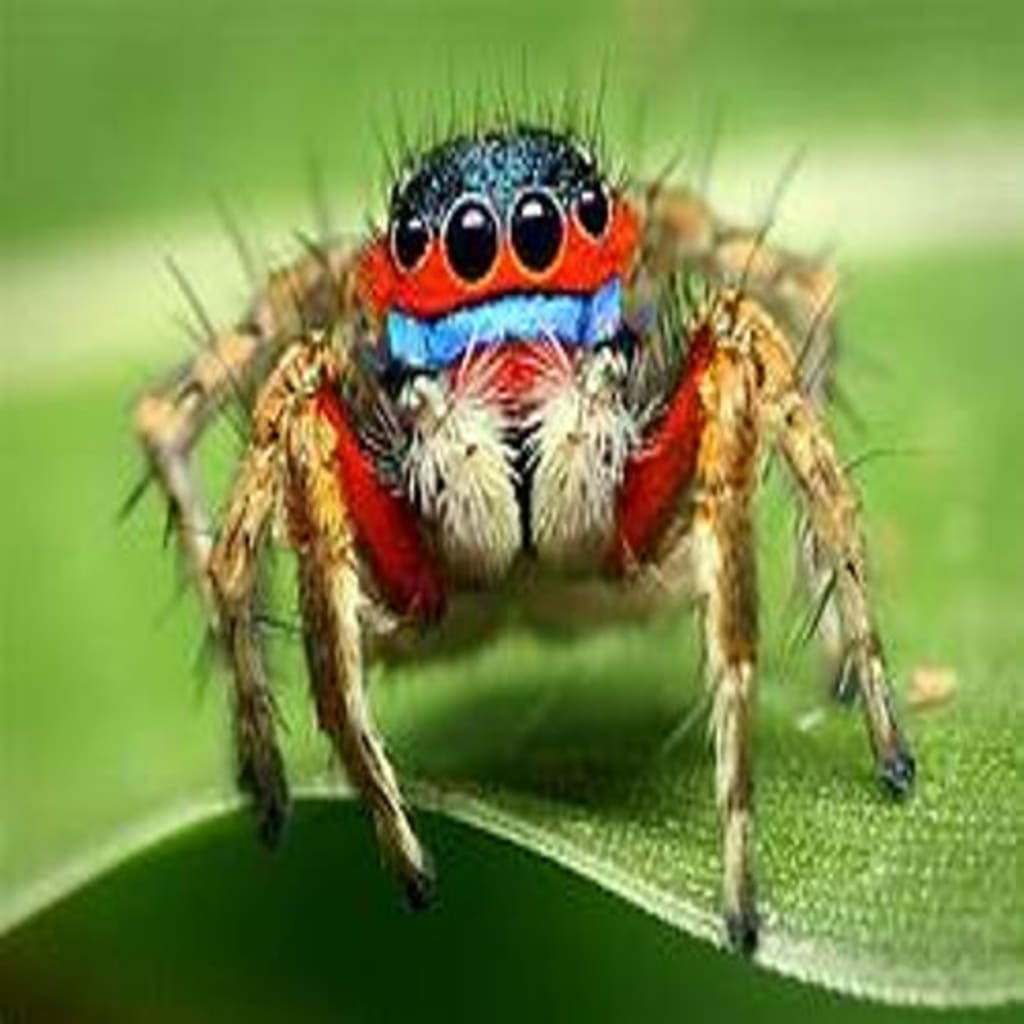Why Spiders Are Tiny Ninjas
Tiny Legs, Big Moves: The Ninja Skills of Spiders

Look closely around you and you'll discover a different world - tiny predators whose killing skills are second to none. Surviving for around 400 million years, they are alien relics from an ancient world and continue to fight their battle with age-old rivals. Meet the spiders, the apex predators of death.
With the exception of icy Antarctica, almost everywhere on this planet, from grasslands to forests to deserts and even underwater, you can find a group of animals as versatile as they are deadly - the spiders. There are at least thirty-five thousand different kinds of spiders, and although they're not always easy to see, we're surrounded by them.
Spiders are ancient creatures, survivors from around 400 million years ago. Equipped with deadly fangs and flesh-melting venom, they are killers. Spiders have increased in abundance wherever they can find food, and they are nature's commandos, able to parachute into remote areas on long strands of silk. These ruthless mini predators don't let any food opportunity pass them by.
Silk is insoluble in water and creates thread more elastic than nylon and five times stronger than steel. The dragline of the golden orb spider is incredibly strong, making it a popular choice for fishing nets in New Guinea.
Spiders produce silk for various purposes, but only a third of them build the intricate webs we often see. It takes about an hour for a spider to construct a web, which is a genetically pre-programmed instinct rather than a learned behavior.
Spiders can produce up to 700 meters of silk continuously, with each silk gland producing a different type of silk for specific purposes. Web construction is a meticulous process that involves anchoring points, radial strands, and the creation of a "killing zone" for prey.
Spiders are fascinating creatures that exhibit unique reproductive behaviors, especially in contemporary times. In England during the month of June, male nursery web spiders are actively seeking out females for mating. However, this courtship process is not without risks, as the female spider may end up consuming the male instead of engaging in reproduction. To increase their chances of survival, male spiders have Tdeveloped a clever strategy of offering a gift to the female in the form of a crane fly wrapped in silk.
The male spider carefully approaches the female with the food parcel, hoping to distract her long enough to successfully mate with her. Once the female is preoccupied with consuming the gift, the male seizes the opportunity to transfer his sperm to her using his pedipalps. This intricate process allows the male to ensure successful fertilization while avoiding becoming a post-mating meal for the female. After completing the mating ritual, the male spider makes a swift exit to avoid any potential danger.
Following the mating ritual, the female nursery web spider takes on the responsibility of constructing an egg case to protect her offspring. She lays hundreds of eggs within a sticky mass before encasing them in a silk cocoon for protection against external threats. The mother spider carries the cocoon with her for a few weeks until the spiderlings are ready to hatch. Once the time is right, she carefully opens the cocoon and creates a nursery tent for her young to live and grow in, showcasing the intricate parental care exhibited by these fascinating creatures. Delicate strands collapse onto the surface below, causing a commotion that catches the attention of the web's creator. Observing closely, one can witness the spider gracefully moving around, preparing to strike with a deadly bite. The venom injected is swift-acting, ensuring a fatal outcome for its prey.
Upon closer inspection, one can notice that the silk composing the web is not adhesive as expected. Instead, it consists of numerous thin strands that effectively trap the unsuspecting victims by entangling their hairs and bristles. The prey finds itself unable to escape, ensnared by the intricate design of the spider's web.
As the spider navigates its web with ease, utilizing the dense silken threads for stability, it becomes evident how well-crafted and efficient this structure truly is. The predator's ability to swiftly incapacitate its prey showcases the remarkable design of nature, where even the smallest creatures exhibit incredible skill and precision in their hunting techniques.
When you observe spiders in their natural habitat, you begin to appreciate the important role they play in the intricate web of life. Their predatory nature may seem intimidating at first, but it is a necessary part of the circle of life. By understanding and respecting these fascinating creatures, we can gain a deeper appreciation for the complexity and beauty of the natural world. Spiders are not evil beings, but rather essential components of the ecosystem that contribute to the harmony and balance of nature.
About the Creator
Enjoyed the story? Support the Creator.
Subscribe for free to receive all their stories in your feed. You could also pledge your support or give them a one-off tip, letting them know you appreciate their work.





Comments
There are no comments for this story
Be the first to respond and start the conversation.